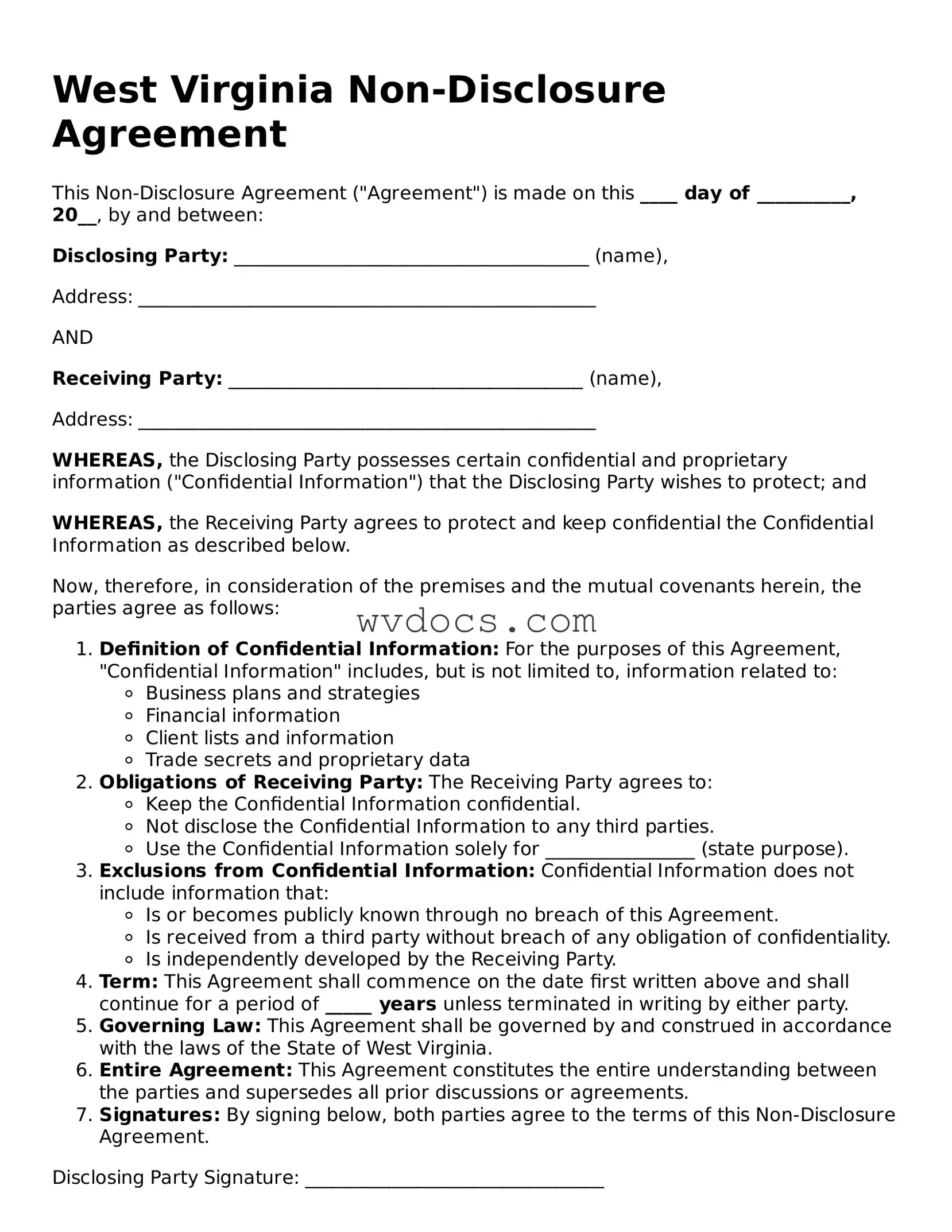A Non-Disclosure Agreement (NDA) shares similarities with a Confidentiality Agreement. Both documents serve to protect sensitive information shared between parties. In a Confidentiality Agreement, the focus is often on the obligation to keep certain information private. This can include trade secrets, business plans, or proprietary data. The terms and conditions in both documents are designed to create a legal obligation for the receiving party to maintain confidentiality and avoid unauthorized disclosures.
The New York ATV Bill of Sale form is an essential document that officially records the sale and transfer of an all-terrain vehicle (ATV) from one person to another within the state of New York. This form serves as vital evidence of the transaction, detailing important information such as the ATV's description, the sale price, and the identities of both the buyer and the seller. For those looking to navigate this process, resources like smarttemplates.net offer valuable assistance in ensuring the legality of the sale and aiding in the registration process of the vehicle.
Another document that resembles an NDA is the Non-Circumvention Agreement. This type of agreement prevents one party from bypassing the other in business dealings. For example, if two parties share information about potential clients, a Non-Circumvention Agreement ensures that one party cannot directly engage with those clients without involving the other. Like an NDA, it establishes trust and protects business interests.
The Mutual Non-Disclosure Agreement is also similar, as it involves two parties agreeing to protect each other's confidential information. In this case, both sides share sensitive data, and the agreement outlines the responsibilities of each party to safeguard that information. This reciprocal arrangement is common in negotiations where both parties have valuable insights or trade secrets to protect.
A Proprietary Information Agreement (PIA) is another document akin to an NDA. It specifically focuses on protecting proprietary information, which may include formulas, processes, or designs that give a business a competitive edge. Like an NDA, a PIA defines what constitutes proprietary information and sets the parameters for how that information can be used or disclosed.
The Employment Agreement often contains a confidentiality clause similar to that found in an NDA. When an employee joins a company, they may have access to sensitive information. The confidentiality clause in the Employment Agreement ensures that employees cannot disclose this information during or after their employment. This protects the company’s interests while outlining the employee's obligations.
A Licensing Agreement can also share characteristics with an NDA, especially when it involves the sharing of proprietary technology or information. In such agreements, the licensor may require the licensee to keep certain information confidential. This helps maintain the integrity of the licensed material and ensures that the licensor's interests are protected while allowing the licensee to utilize the information for specific purposes.
The Collaboration Agreement, often used in joint ventures or partnerships, may include confidentiality provisions similar to those in an NDA. When two or more parties collaborate on a project, they often share sensitive information. The confidentiality provisions ensure that all parties involved are legally bound to protect each other's proprietary information, fostering a secure environment for innovation and cooperation.
Lastly, a Service Agreement can include confidentiality clauses similar to those in an NDA. When a service provider works with a client, they may have access to confidential information. The Service Agreement outlines the expectations regarding confidentiality, ensuring that the service provider does not disclose sensitive client information to third parties. This protects the client's interests and builds trust in the service relationship.
